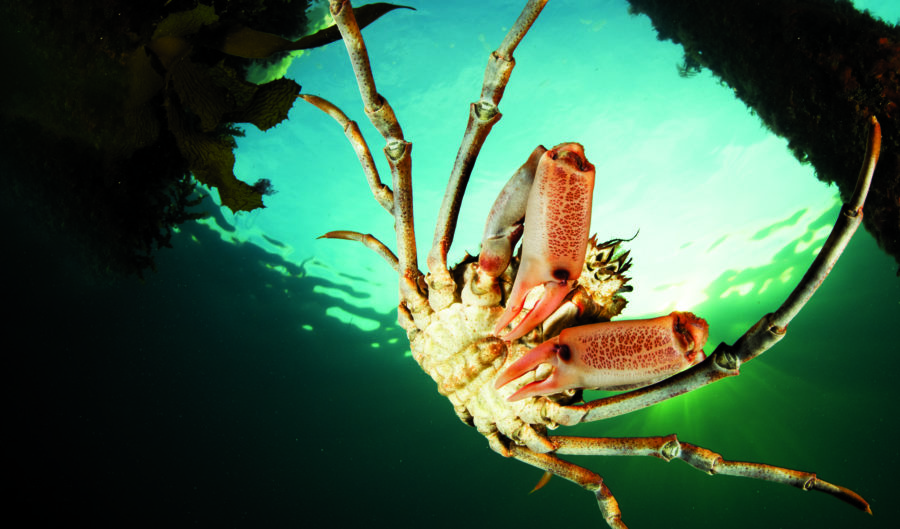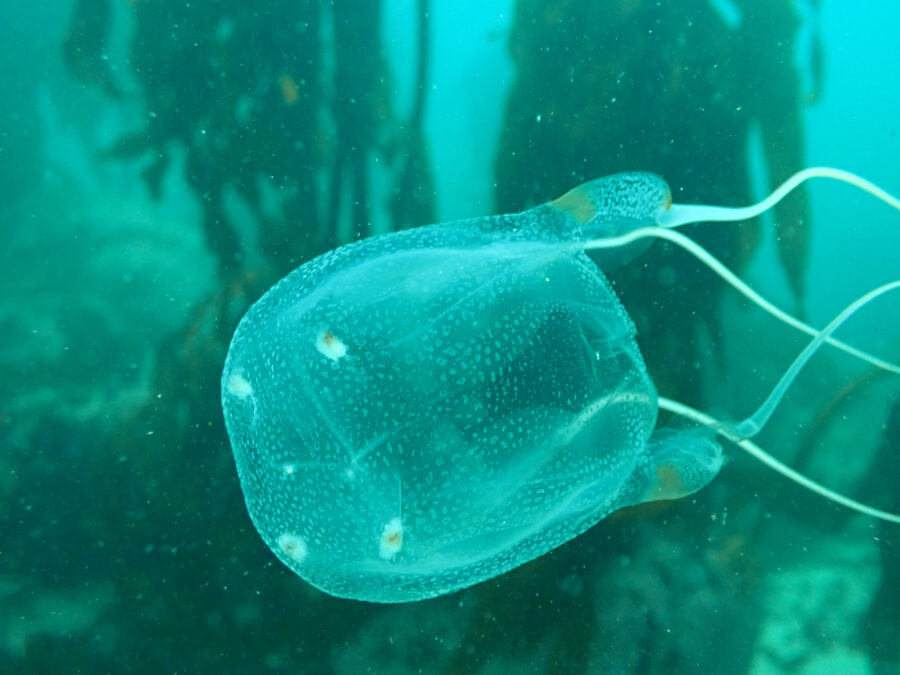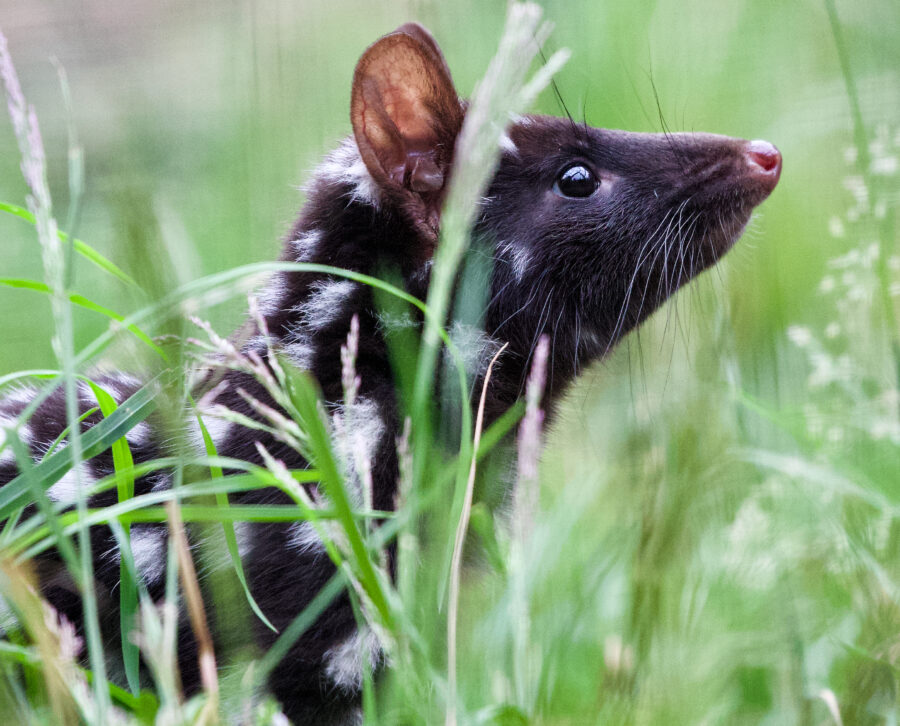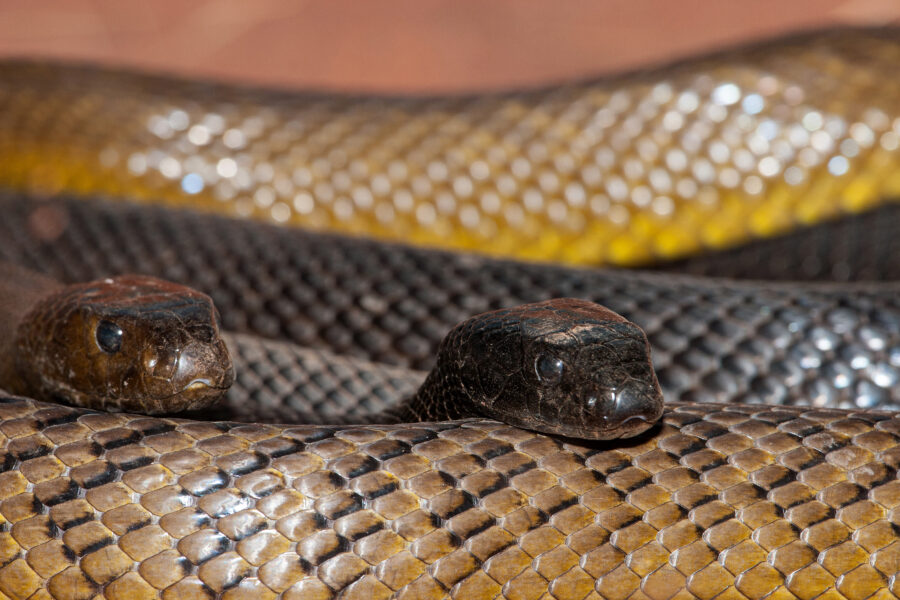Spider crabs are a walking buffet – but don’t tell them that

Bec Crew
Bec Crew
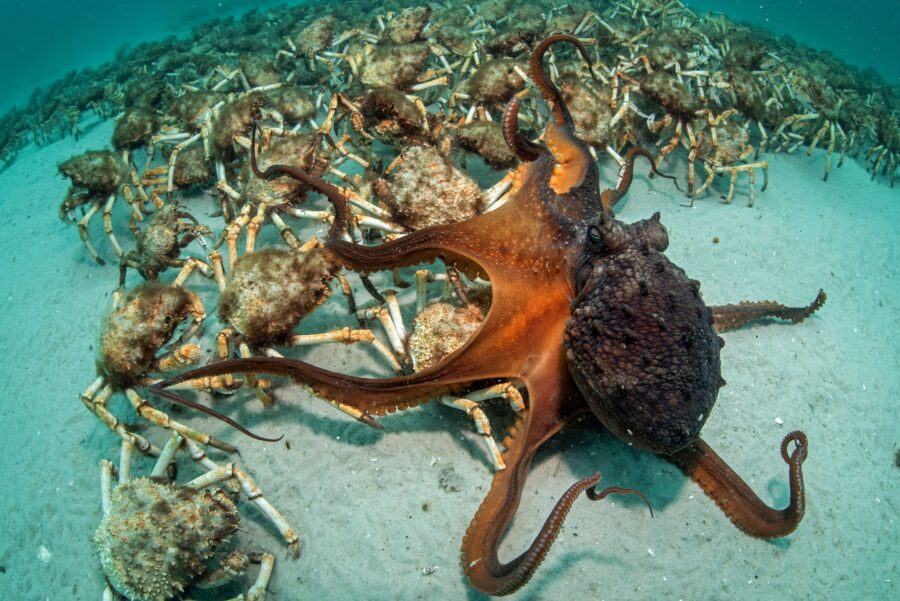
Spider crabs have the dual challenge of being delicious and needing to moult, and once a year, this spells trouble.
Found in the cool waters along Australia’s southern coast, giant spider crabs (Leptomithrax gaimardii) are one of our largest crabs, with a 40cm leg span and shells measuring up to 16cm across. So, the size of a basketball.
That’s big. But consider the size of Australia’s largest crab, the Tasmanian giant crab (Pseudocarcinus gigas), whose shell measures a whopping 46cm. When it comes to crabs, there’s giant, and then there’s giant.
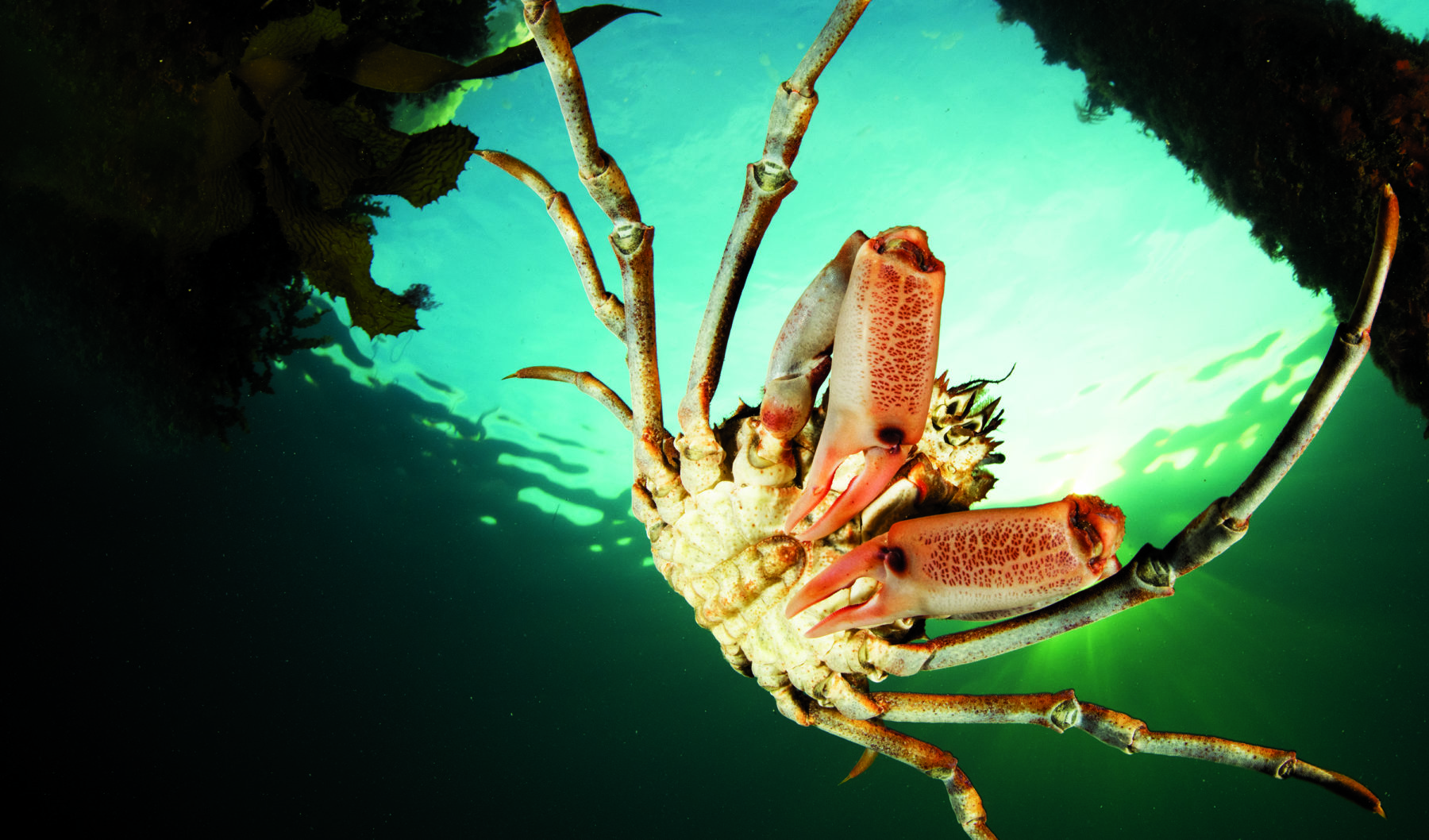

Each winter, as the water cools in Victoria’s Port Phillip Bay, tens of thousands of giant spider crabs emerge from the deep waters to march toward the shallows. Here, they moult in a messy throng, splitting and shedding their shells to give their bodies room to grow.
Moulting is common among crabs and other crustaceans because their exoskeletons do not expand like skin and skeletons do. And it’s no small feat – they need to carefully extract each leg from their old exoskeleton, knowing that if they get stuck, it could be a death sentence. For giant spider crabs, the extraction process takes about half an hour. Then, they have to wait several days ‘between shells’ as their new exoskeleton hardens up.
Attracted by the scent emitted by the crabs’ shedding exoskeletons are seabirds, octopuses, stingrays and seals, which gather around and pick them off. Because unfortunately, those leggies are delicious. Some crabs even turn on each other – preying on their weaker neighbour to get a high-protein meal.
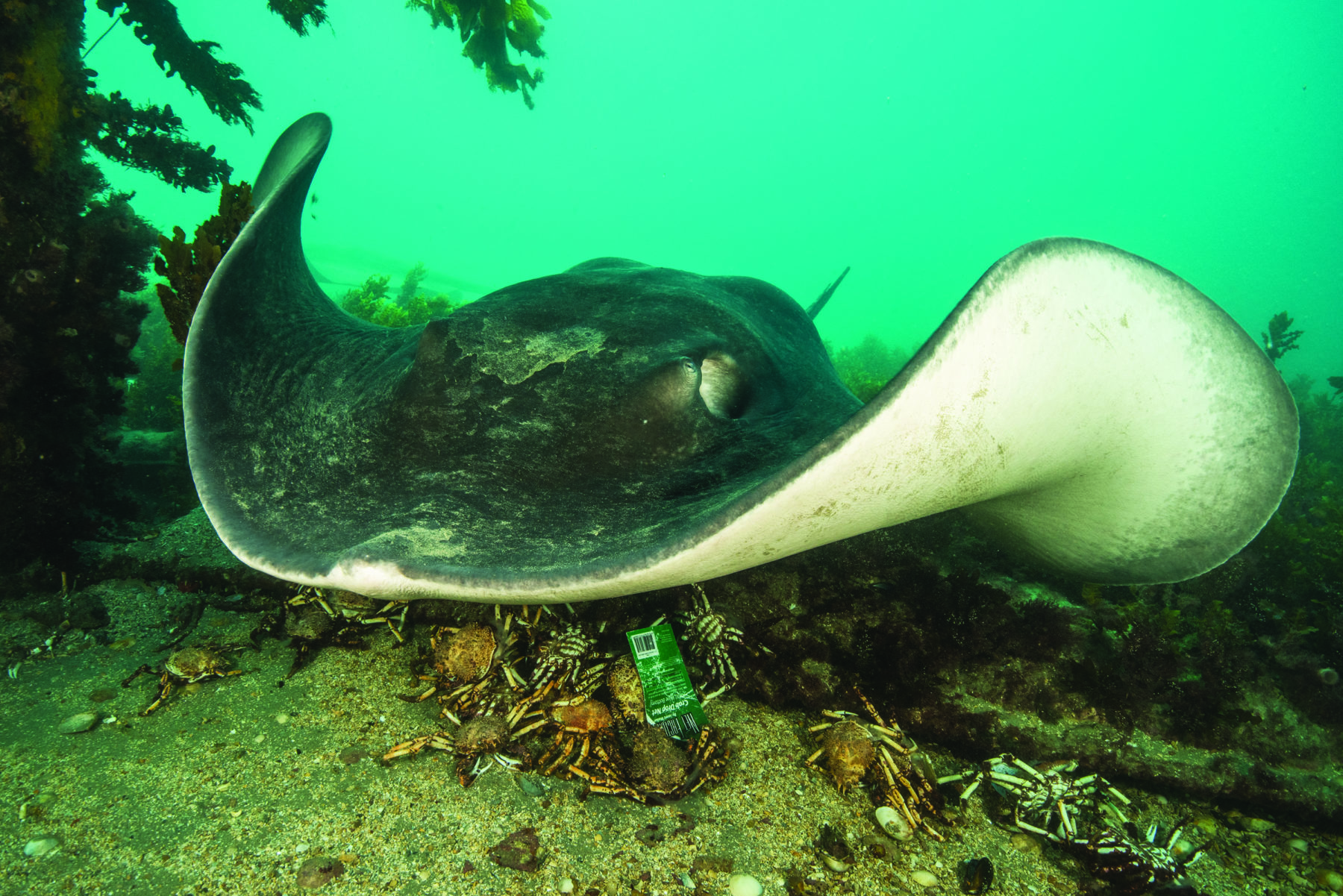

Why would these crabs leave themselves so vulnerable? It’s all about safety in numbers – they flood the seafloor with thousands of writhing, wriggling bodies, hoping to confuse and overwhelm their predators. They know that some of them won’t make it, but the majority of them will, and it’s a bet they’re willing to make.
Towards the end of the migration, the last giant spider crabs will move from the seafloor to pylons and sponge gardens on the pier walls of Port Phillip Bay. Once their new exoskeletons have hardened up, they’ll leave the shallows to return to the deeper waters of the bay – until the next year, when they have to run the gauntlet all over again.
Human life can be stressful, but at least we don’t have to get naked in front of the whole ocean every winter!
